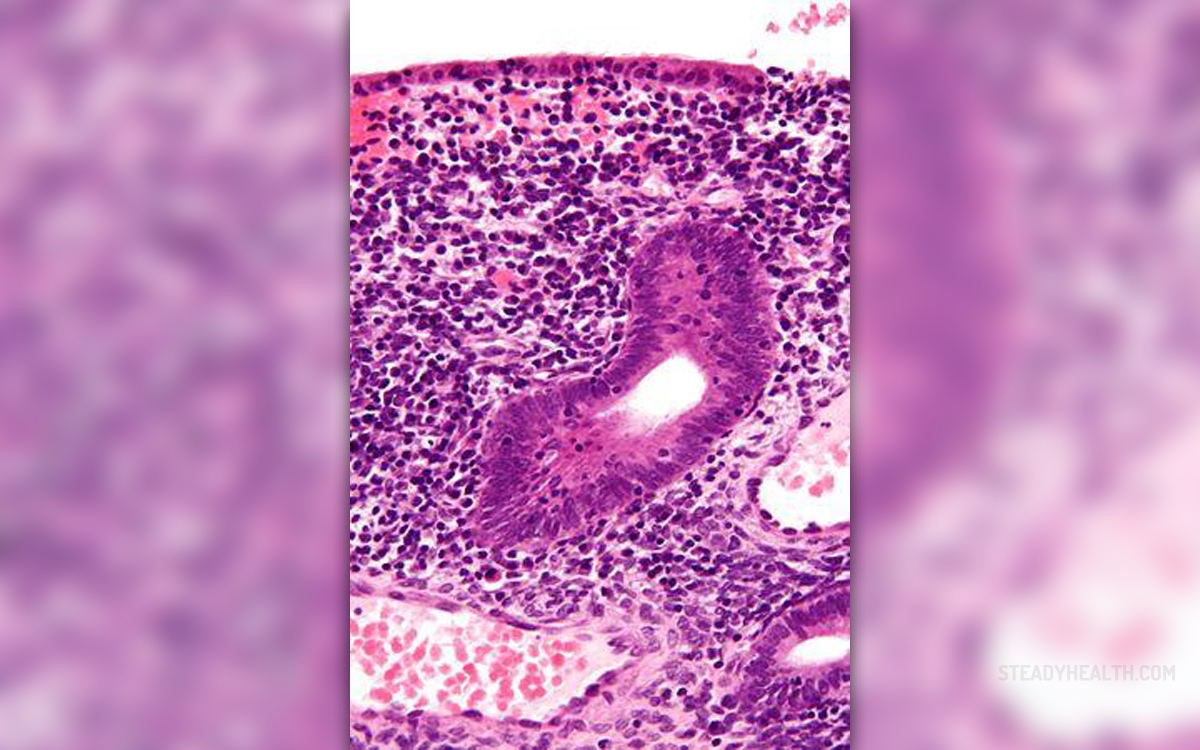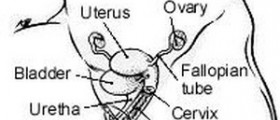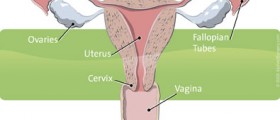
Introduction
Endometriosis is a painful condition characterized by the presence of endometrial cells outside the uterus. Endometrium is the lining of the uterus that grows thicker each month to accommodate the fertilized egg. If the fertilization does not take place, the thickened endometrium sheds in form of menstrual bleeding. This process is repeated each month as a part of the menstrual cycle.
In endometriosis, the cells that normally belong to the endometrium appear outside the uterus, for example on ovaries, tubes, bladder and other organs of the pelvic and abdominal cavity. Since they act the same way the endometrium does, they tend to swell and sometimes even bleed at certain points of the cycle.
The main symptom of endometriosis is pain, which may be constantly present but it is especially felt before and during menstrual periods and also during intercourse.
Treatment options for endometriosis
The main direction in treating endometriosis are observation without any intervention, hormone treatment, surgery and combination of those.
Observation is an option only for patients with mild endometriosis that causes tolerable symptoms.
Hormone therapy usually results in temporary improvement of the condition, especially when it comes to pelvic pain and menstrual cramps. However, this is not a long-term solution since hormone treatment has significant side effects. After a course of hormone treatment, the symptoms will most likely improve for a period of a year or two before they appear again.
The aim of this treatment is to interrupt the cycle of stimulation and bleeding. As the normal activity of ovaries is shut down, the levels of estrogen become lower and endometrial deposits shrink down.
For severe endometriosis, with deposits larger than 3 cm in diameter, the hormone treatment is rarely successful and laparoscopic surgery is considered to be a much more efficient option.
The most common type of drug treatment for endometriosis is the contraceptive pill. This option is perfect for young women with mild or moderate forms of endometriosis who also need protection from unwanted pregnancy.
Gestrinone and danazol are synthetic hormones that are also used in drug treatment of endometriosis. Their potential side effects include mood swings, weight gain, irritability and development of certain male characteristics, such as excessive facial and body hair and smaller breasts.
GnRH agonists are used to create artificial menopause, where the ovaries do not produce eggs, the estrogen production is low and there is nomenstrual cycle. Side effects of this drug treatment are similar to those experienced during real menopause, such as bone loss, insomnia, hot flashes, weight gain, depression and others.

















Your thoughts on this
Loading...